Dealing with a clogged kitchen sink can be a frustrating and messy experience. It's a common problem that many homeowners face, and one of the most popular solutions is using liquid drain cleaner. But can you use liquid Drano in the kitchen sink? And if so, how do you use it correctly? In this article, we'll explore the pros and cons of using liquid Drano in your kitchen sink and provide some helpful tips for unclogging and preventing sink clogs.Using Liquid Drano in the Kitchen Sink: What You Need to Know
Liquid Drano is a powerful drain cleaner that uses a combination of chemicals to break down and dissolve clogs in your pipes. It's relatively easy to use, but it's important to follow the instructions carefully to avoid any potential hazards. To use liquid Drano in your kitchen sink, start by removing any standing water from the sink. Then, pour 1 cup of liquid Drano slowly into the drain. Let it sit for about 15-30 minutes, depending on the severity of the clog. Next, run hot water down the drain for a few minutes to flush out the clog and any leftover residue. If the clog persists, you can repeat the process or try using a plunger to dislodge the clog.How to Use Liquid Drano in the Kitchen Sink
Using liquid Drano in your kitchen sink has its advantages and disadvantages. On the one hand, it's a quick and easy solution for clearing out clogs without having to call a plumber. It's also relatively affordable compared to other drain cleaning methods. However, there are also some potential drawbacks to using liquid Drano. One of the main concerns with using liquid Drano is the potential damage it can cause to your pipes. The harsh chemicals in the drain cleaner can erode and weaken your pipes, especially if they are made of older or weaker materials. Additionally, if the clog is caused by something other than hair or soap scum, liquid Drano may not be effective in unclogging the drain.Can You Use Liquid Drano in the Kitchen Sink? Pros and Cons
Liquid Drano is not the only option when it comes to unclogging your kitchen sink. There are other types of drain cleaners available, such as enzymatic cleaners and homemade remedies. So, which one is the best for your kitchen sink? The answer is, it depends. Enzymatic cleaners are a more natural and eco-friendly option, but they may not be as effective on tougher clogs. Homemade remedies, such as a mixture of baking soda and vinegar, can also be effective, but they may require more time and effort to work. Ultimately, the best option will depend on the severity and cause of the clog, as well as personal preference.Liquid Drano vs. Other Drain Cleaners: Which is Best for Kitchen Sinks?
If you're dealing with a stubborn clog in your kitchen sink, using liquid Drano may be the solution. But before you reach for the bottle, here are a few tips to keep in mind: Protect yourself: When using liquid Drano, it's crucial to protect your skin, eyes, and clothing. Wear gloves, safety glasses, and an apron to avoid any potential burns or spills. Follow instructions: Always read and follow the instructions on the bottle carefully. Using too much or leaving the product in the drain for too long can damage your pipes. Don't mix with other products: Never mix liquid Drano with other drain cleaners or household chemicals, as it can create dangerous reactions. Use as a last resort: Liquid Drano should be used as a last resort after trying other methods, such as using a plunger or a drain snake.How to Unclog a Kitchen Sink with Liquid Drano
To ensure your safety and the effectiveness of liquid Drano, here are some dos and don'ts to keep in mind: Do:The Dos and Don'ts of Using Liquid Drano in the Kitchen Sink
If you're hesitant to use liquid Drano in your kitchen sink, there are alternatives you can try. Here are a few options: Enzymatic cleaners: These cleaners use bacteria and enzymes to break down organic materials in your pipes. They are a more eco-friendly option and are less harsh on your pipes. Baking soda and vinegar: This homemade remedy involves pouring a cup of baking soda down the drain, followed by a cup of vinegar. Let it sit for about 30 minutes before flushing with hot water. Plunger or drain snake: If the clog is not too severe, a plunger or a drain snake can be effective in dislodging the clog.Liquid Drano Alternatives for Kitchen Sink Clogs
Liquid Drano is generally safe to use in kitchen sinks, but it's important to take the necessary precautions and use it correctly. It's also essential to consider the material of your pipes and the cause of the clog before using liquid Drano. If you have plastic or PVC pipes, it's best to avoid using liquid Drano as it can damage them.Is Liquid Drano Safe for Kitchen Sinks?
Prevention is always better than cure, and this applies to kitchen sink clogs as well. Here are some tips to help prevent clogs and avoid having to use liquid Drano:How to Prevent Kitchen Sink Clogs and Avoid Using Liquid Drano
While liquid Drano can be a quick and easy solution for unclogging your kitchen sink, it's not always the best option. It's crucial to consider the potential risks and alternative methods before using it. And remember, prevention is key when it comes to avoiding clogs in the future. By following these tips and taking proper care of your pipes, you can hopefully avoid having to use liquid Drano in your kitchen sink altogether.Liquid Drano: The Ultimate Solution for Kitchen Sink Clogs?
The Benefits of Using Liquid Drano in the Kitchen Sink
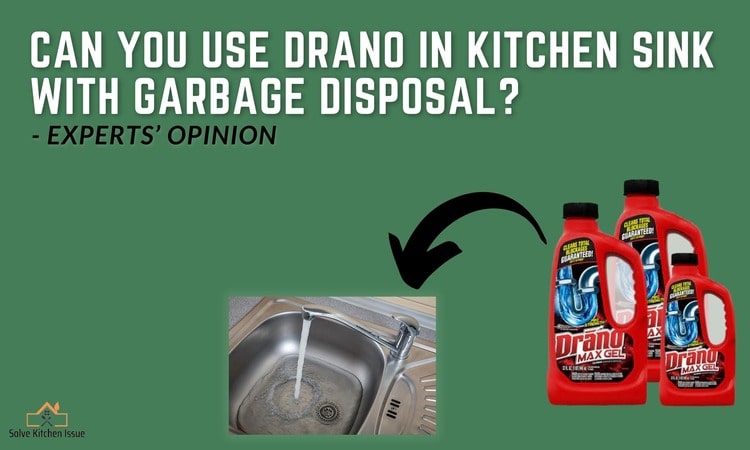
The Importance of Proper Drain Maintenance in Your Kitchen
 When it comes to maintaining a well-functioning kitchen, one often overlooked aspect is the kitchen sink drain. Over time, food scraps, grease, and other debris can build up in the drain, causing clogs and unpleasant odors. This can not only disrupt your kitchen routine but also lead to costly plumbing repairs. That's why it's essential to regularly clean and maintain your kitchen sink drain.
When it comes to maintaining a well-functioning kitchen, one often overlooked aspect is the kitchen sink drain. Over time, food scraps, grease, and other debris can build up in the drain, causing clogs and unpleasant odors. This can not only disrupt your kitchen routine but also lead to costly plumbing repairs. That's why it's essential to regularly clean and maintain your kitchen sink drain.
Why Liquid Drano is an Effective Solution
 Liquid Drano is a popular drain cleaner that has been used in households for decades. It is a powerful formula that effectively breaks down and dissolves the buildup of food, grease, and other gunk in your kitchen sink drain. This makes it an ideal solution for clearing clogs and preventing future ones from occurring.
Liquid Drano is a popular drain cleaner that has been used in households for decades. It is a powerful formula that effectively breaks down and dissolves the buildup of food, grease, and other gunk in your kitchen sink drain. This makes it an ideal solution for clearing clogs and preventing future ones from occurring.
How to Use Liquid Drano in Your Kitchen Sink
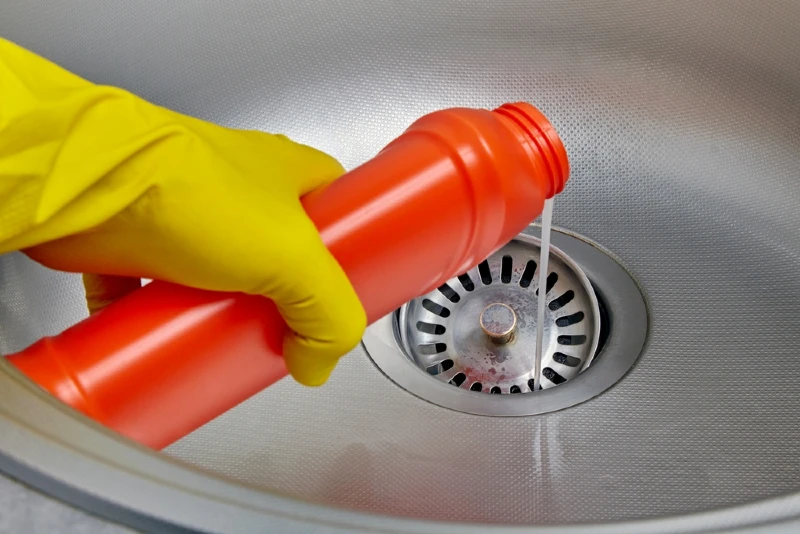 Using Liquid Drano in your kitchen sink is a simple process. First, remove any standing water from the sink and pour 1/4 to 1/2 cup of Drano directly into the drain. Let it sit for 15-30 minutes, giving it time to work its magic. Then, flush the drain with hot water for several minutes. This will help to flush out any remaining debris and ensure a thorough cleaning.
Using Liquid Drano in your kitchen sink is a simple process. First, remove any standing water from the sink and pour 1/4 to 1/2 cup of Drano directly into the drain. Let it sit for 15-30 minutes, giving it time to work its magic. Then, flush the drain with hot water for several minutes. This will help to flush out any remaining debris and ensure a thorough cleaning.
Precautions to Take When Using Liquid Drano
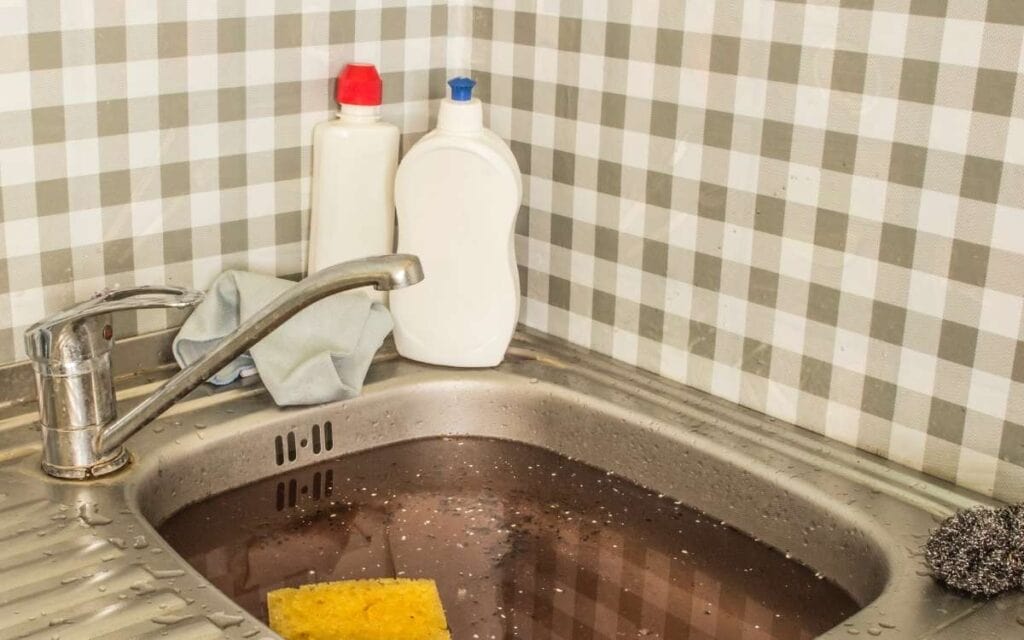 While Liquid Drano is an effective solution for clearing clogged drains, it's essential to take proper precautions when using it. Avoid using it in a sink that contains standing water, as this can cause the product to splash back. Also, be sure to follow the instructions on the label and use the recommended amount. Using too much can damage your pipes and cause more harm than good.
Liquid Drano
is a trusted and efficient solution for maintaining a clean and functioning kitchen sink drain. By regularly using it as part of your cleaning routine, you can prevent clogs and keep your kitchen running smoothly. Remember to always read and follow the instructions carefully and take necessary precautions to ensure a safe and effective experience. Keep your kitchen sink drain in tip-top shape with the help of
Liquid Drano
.
While Liquid Drano is an effective solution for clearing clogged drains, it's essential to take proper precautions when using it. Avoid using it in a sink that contains standing water, as this can cause the product to splash back. Also, be sure to follow the instructions on the label and use the recommended amount. Using too much can damage your pipes and cause more harm than good.
Liquid Drano
is a trusted and efficient solution for maintaining a clean and functioning kitchen sink drain. By regularly using it as part of your cleaning routine, you can prevent clogs and keep your kitchen running smoothly. Remember to always read and follow the instructions carefully and take necessary precautions to ensure a safe and effective experience. Keep your kitchen sink drain in tip-top shape with the help of
Liquid Drano
.
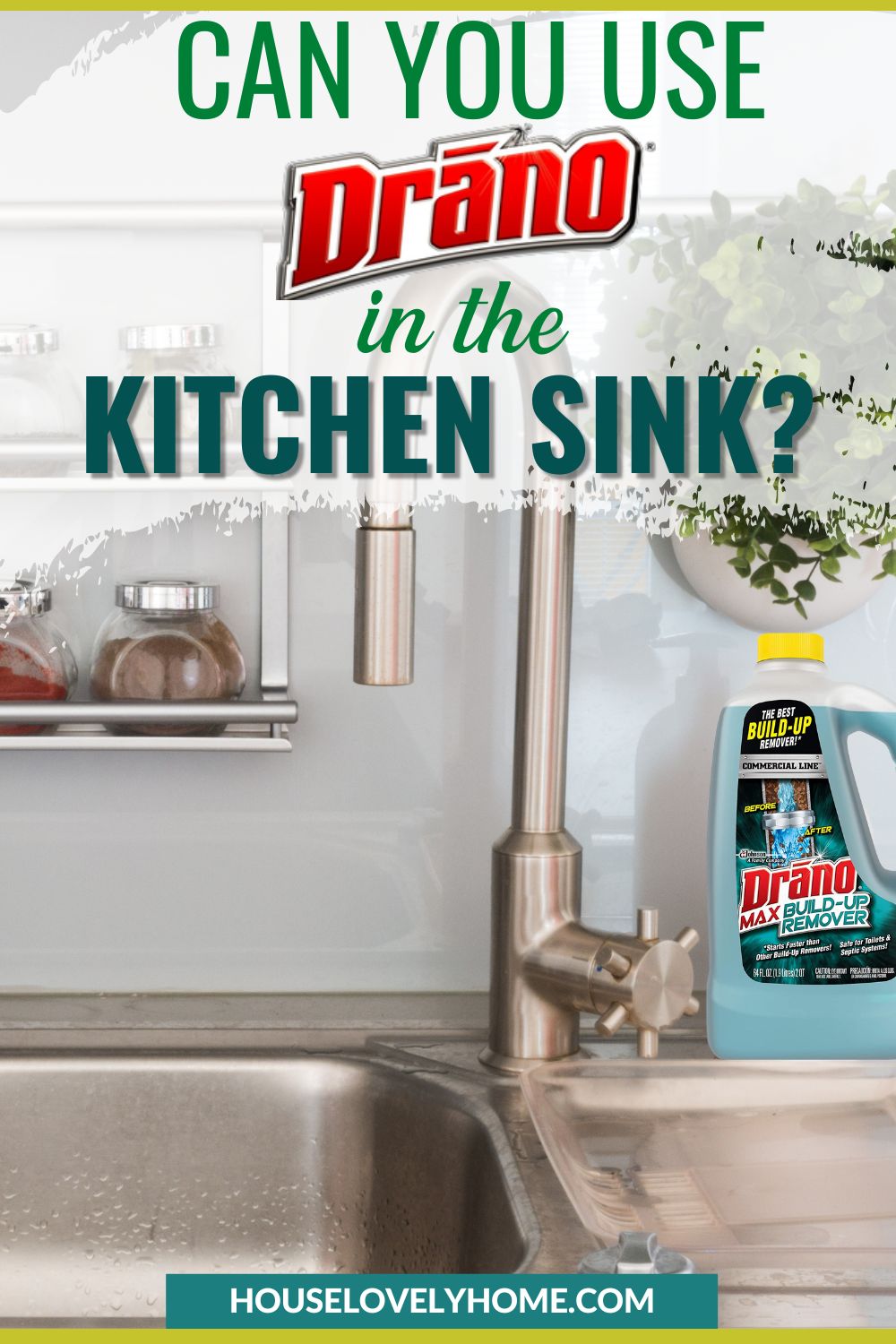


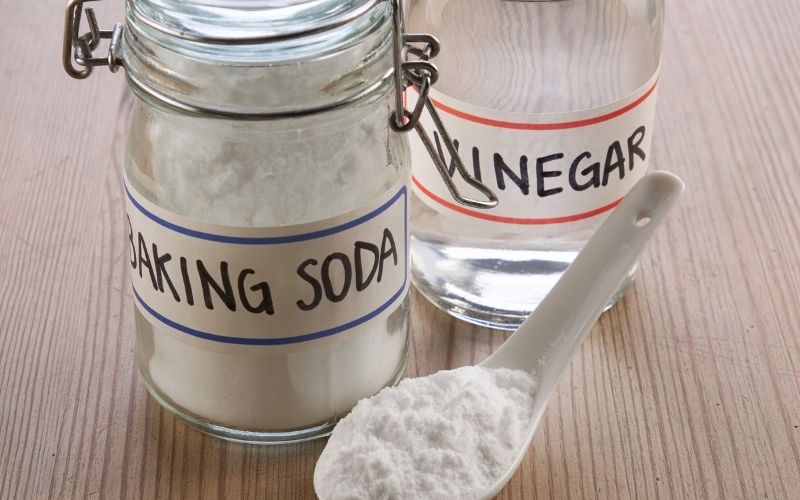


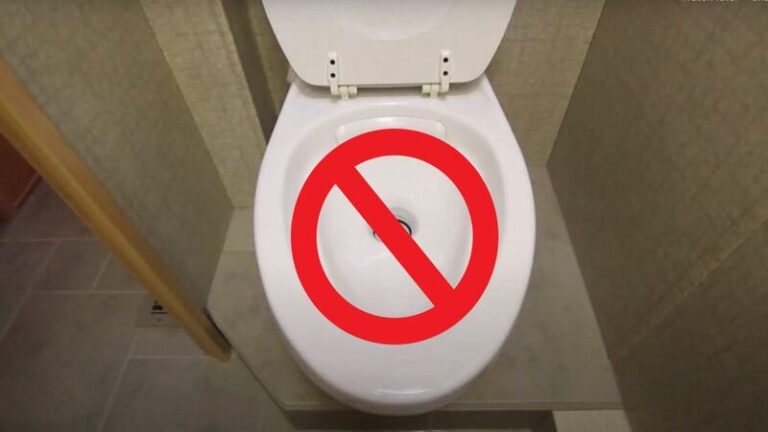











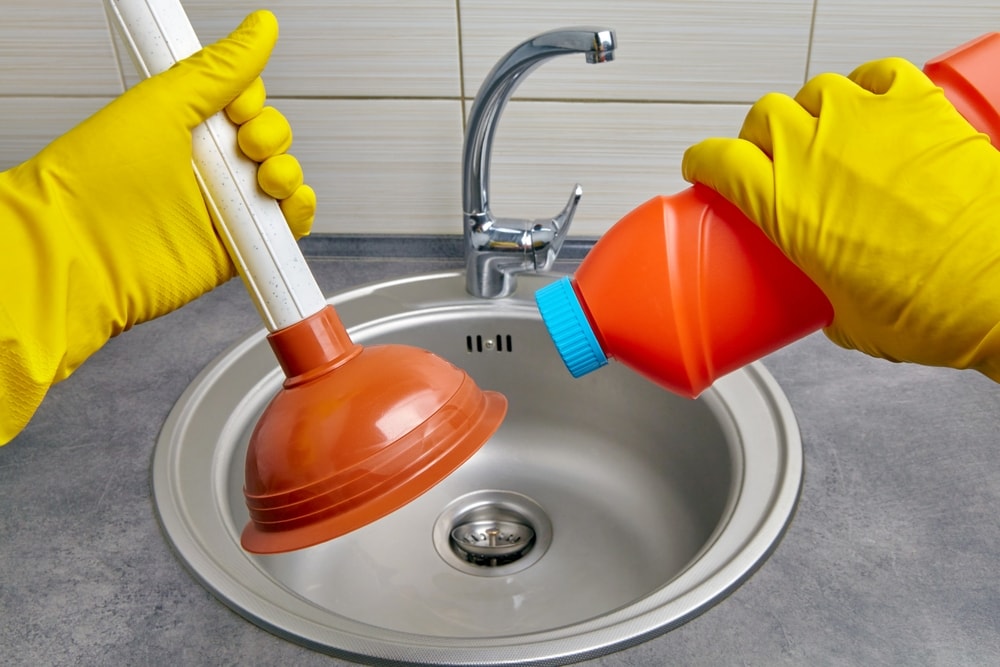
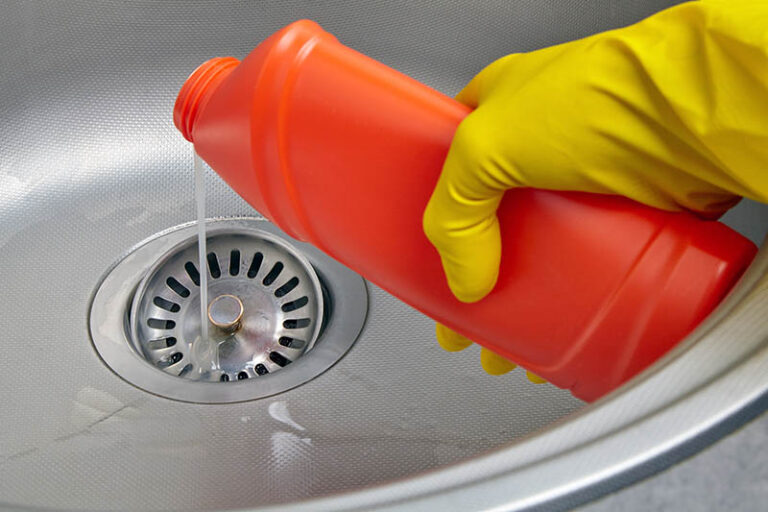


:max_bytes(150000):strip_icc()/Earthworm-Drain-Cleaner-f38a0150911b4fedbdc74bcf347c1c4b.jpg)
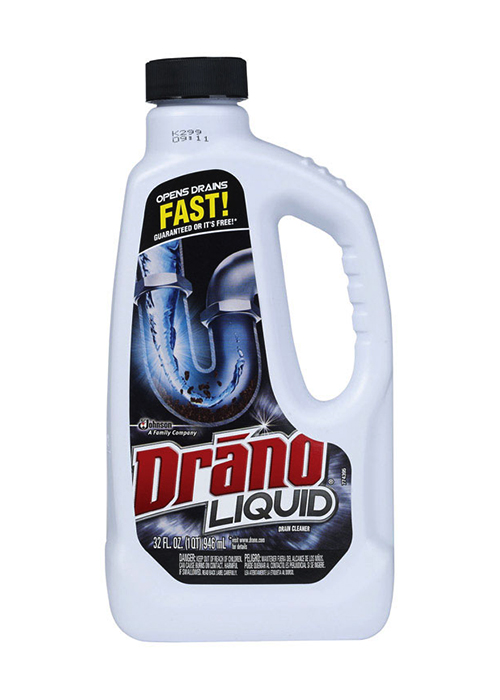
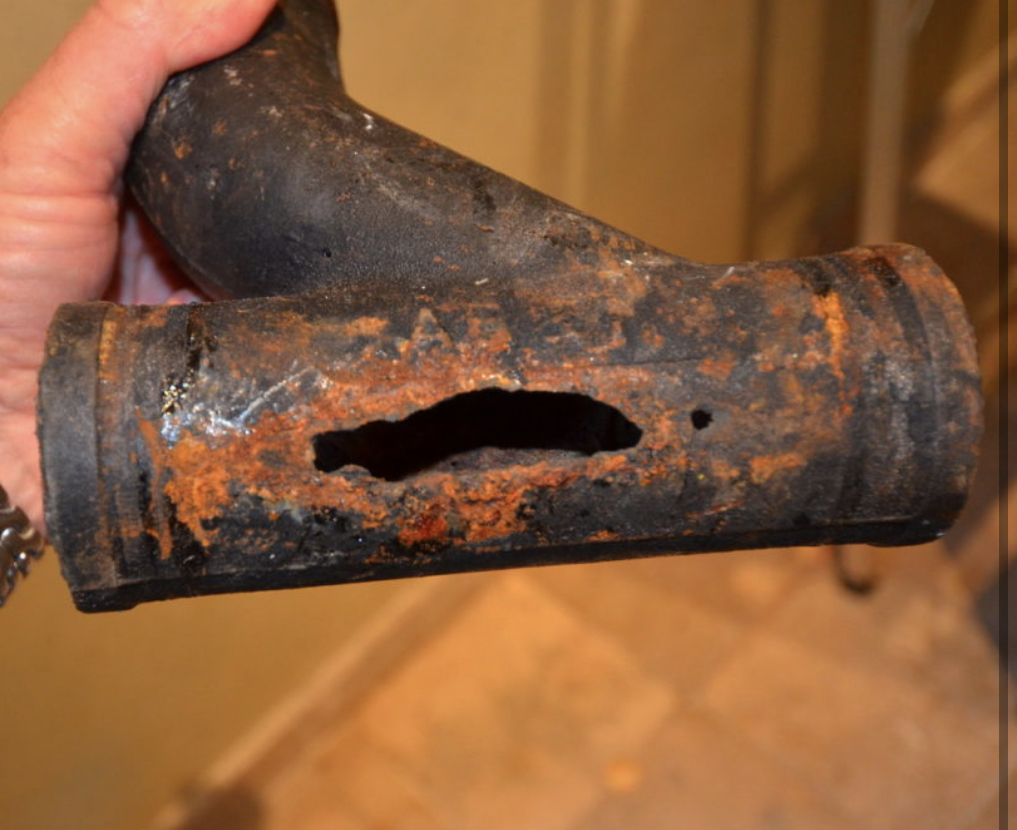



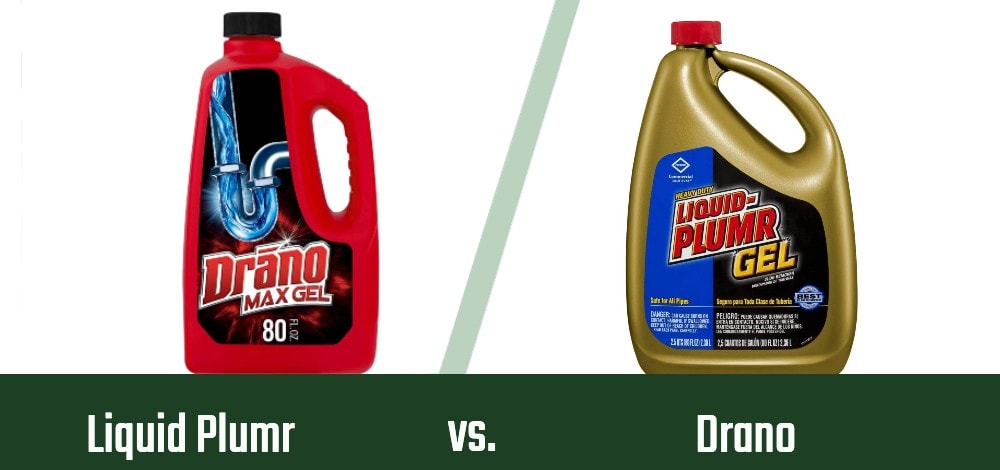
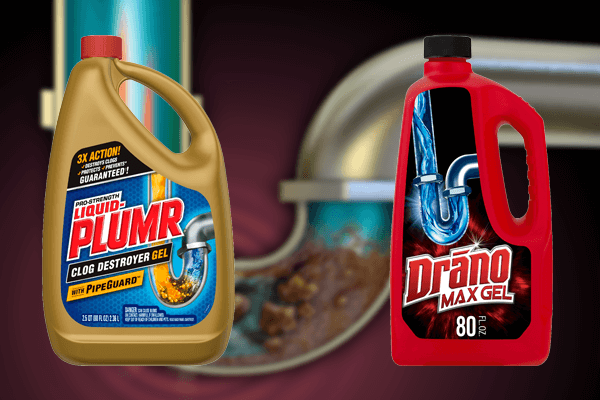

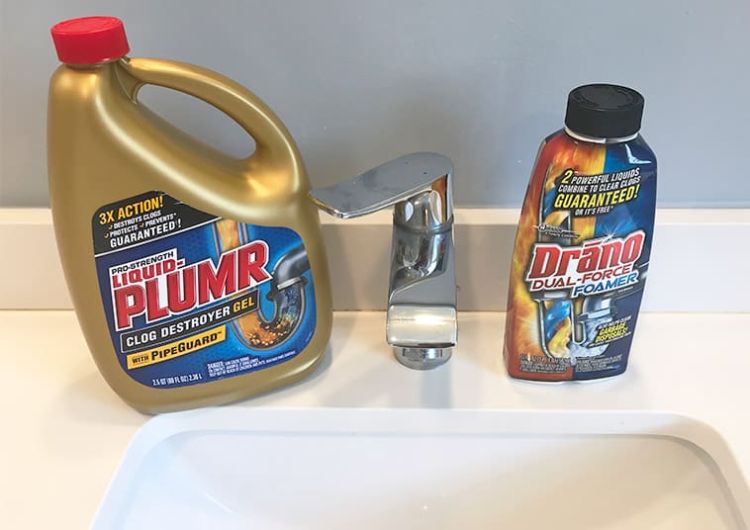











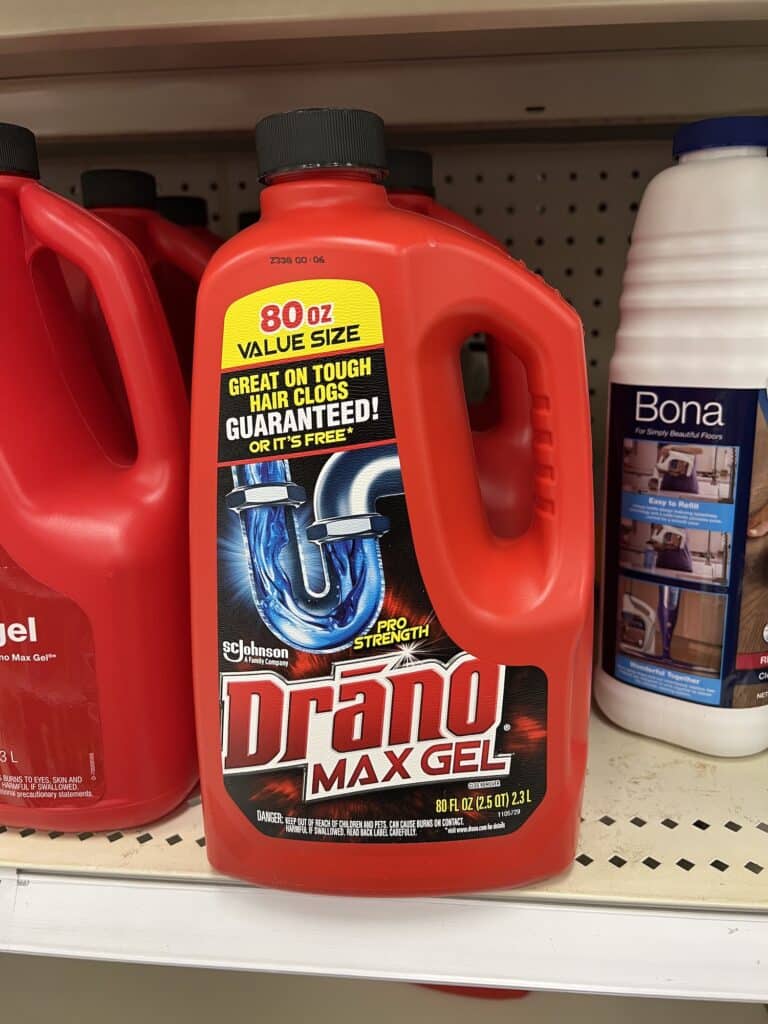

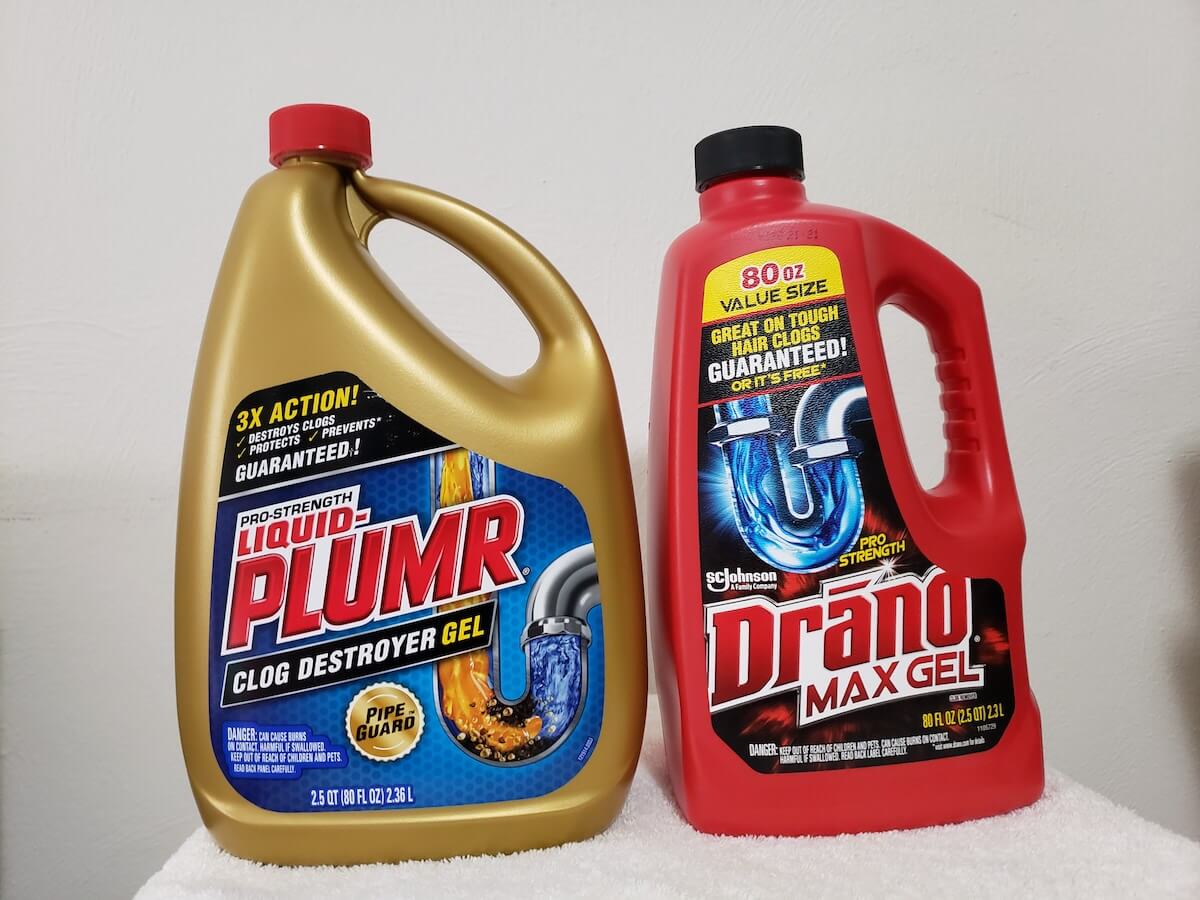


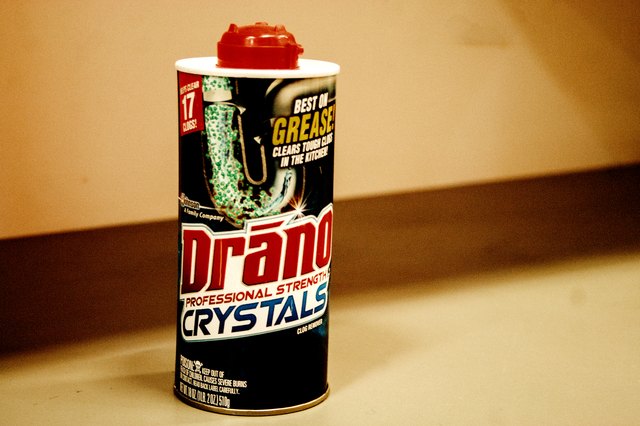
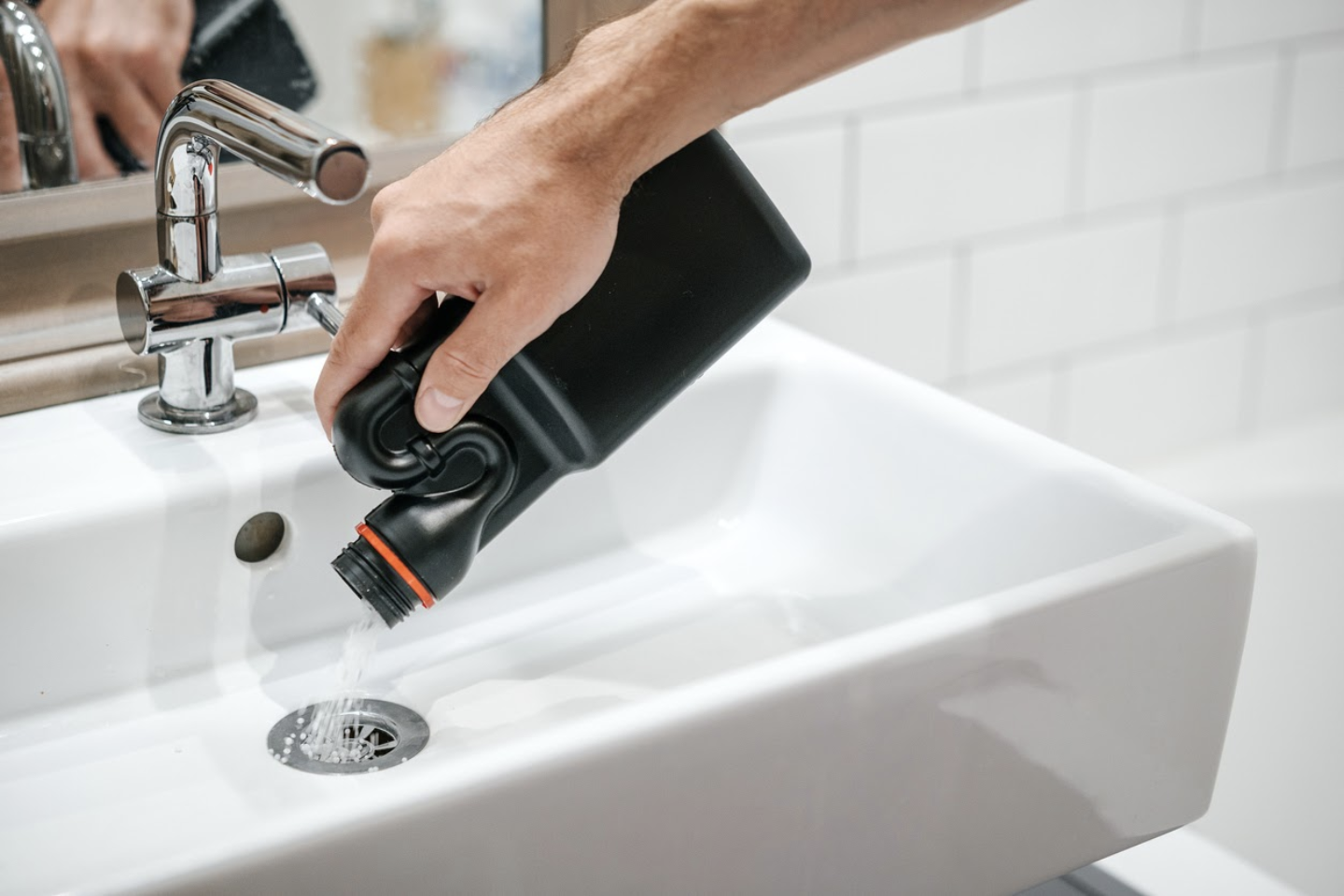





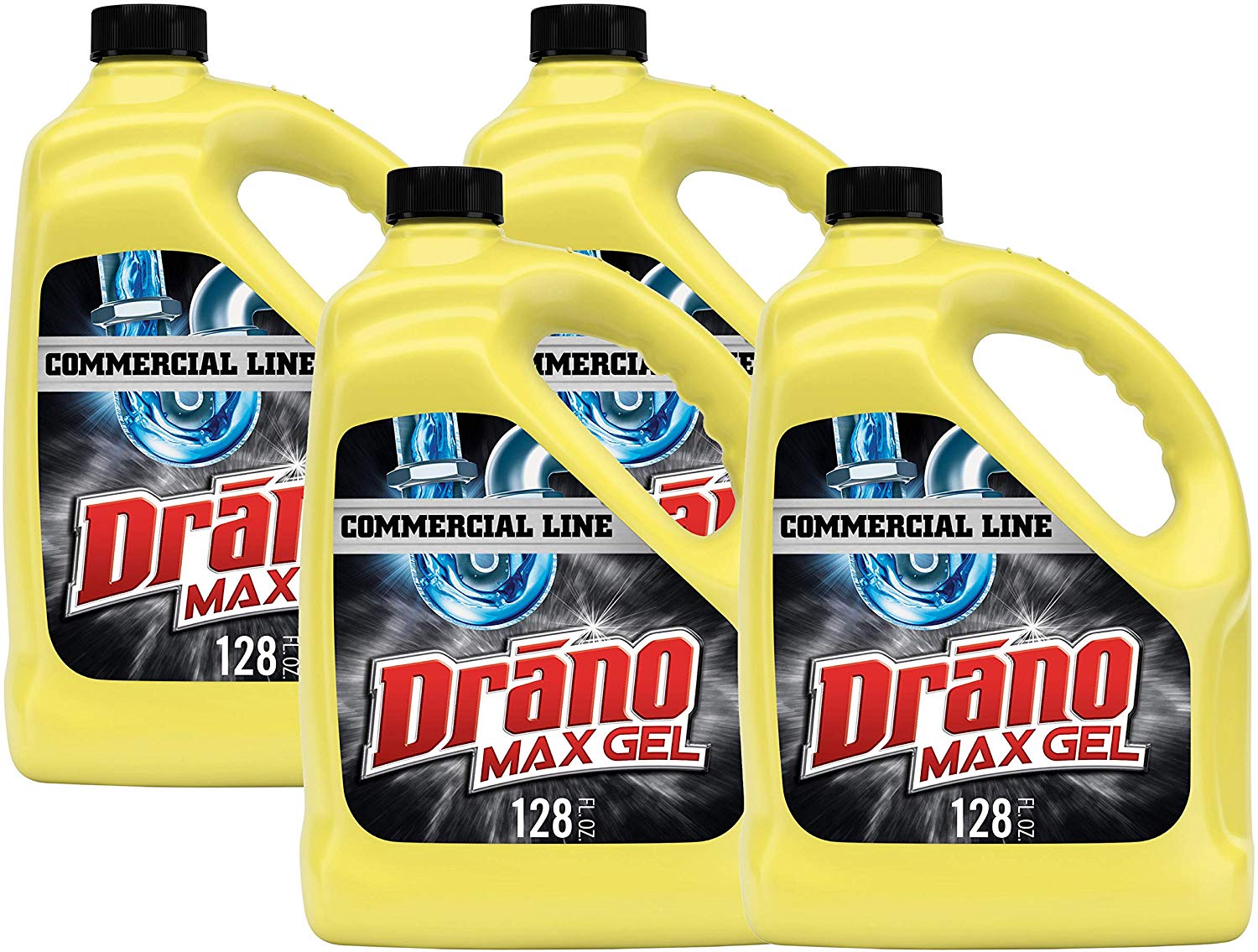



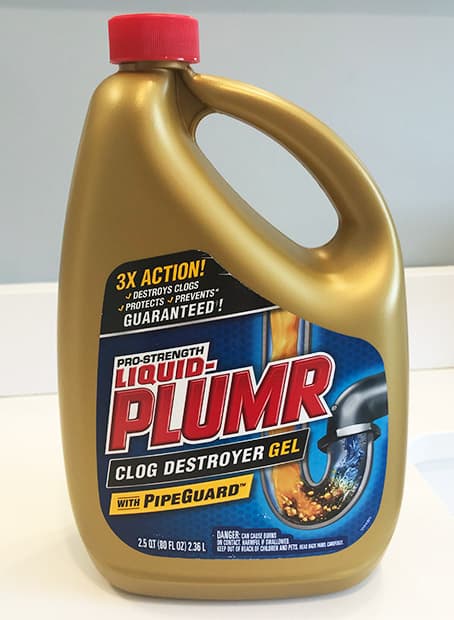
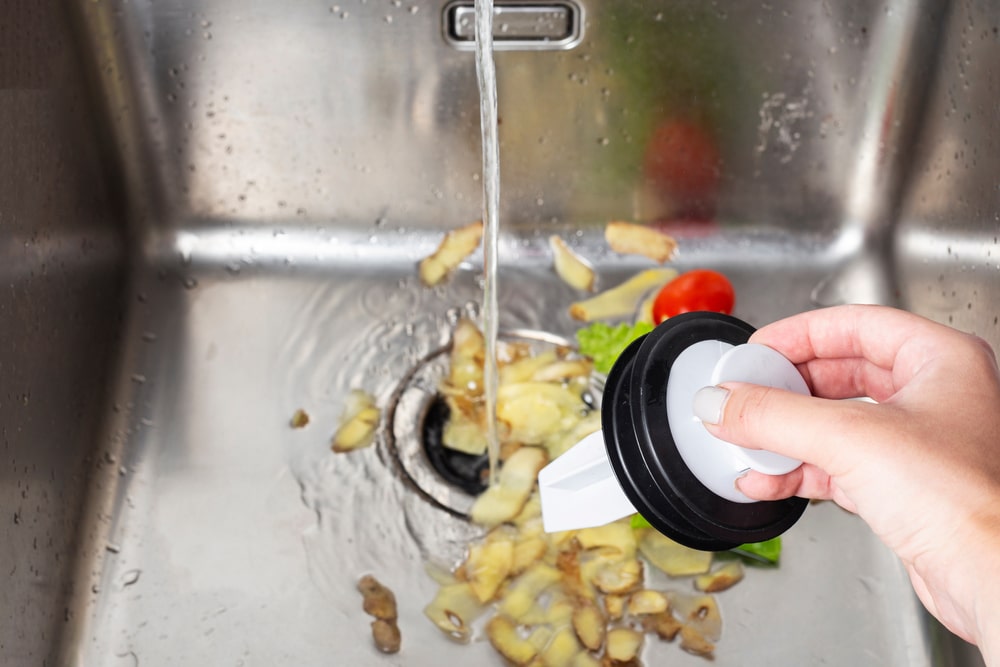
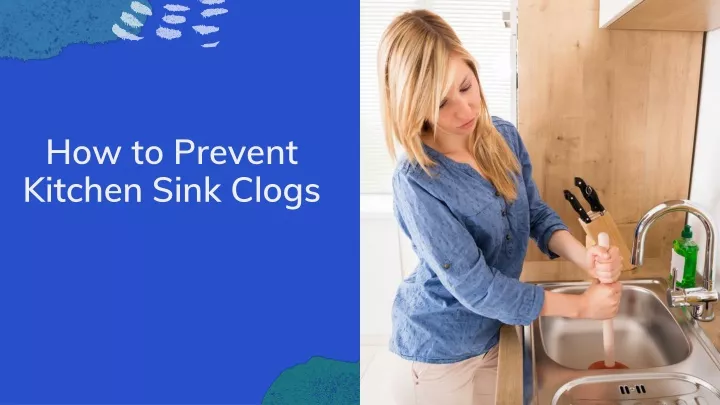






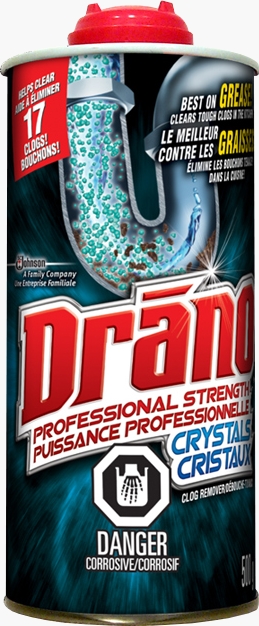


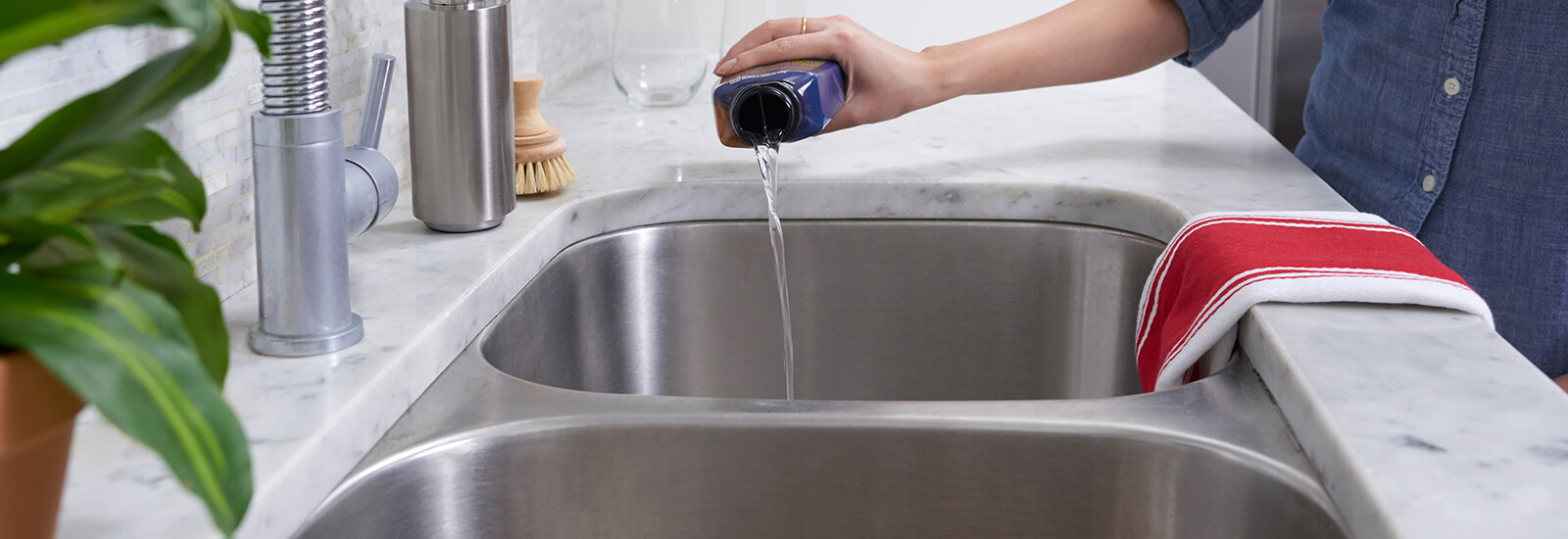
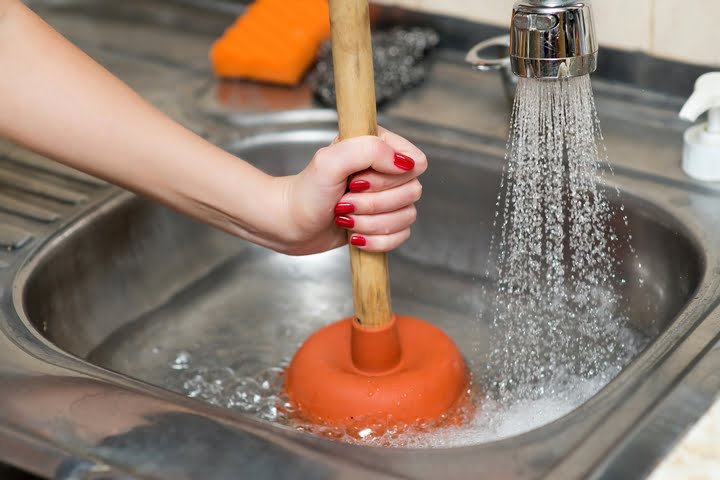



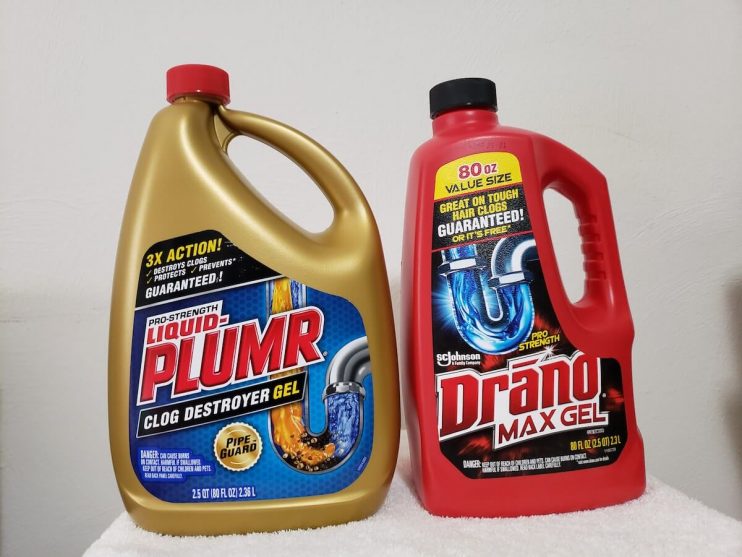

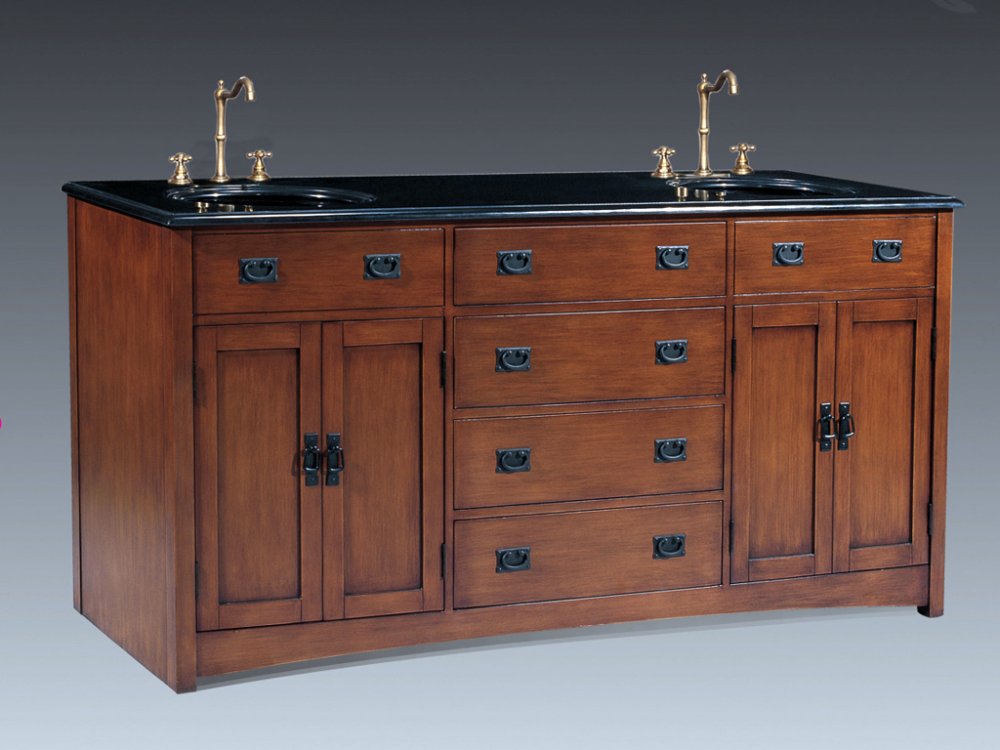



:max_bytes(150000):strip_icc()/fin-20-blue-black-livingroom-5a6274f9eb4d520037062b10.jpg)
